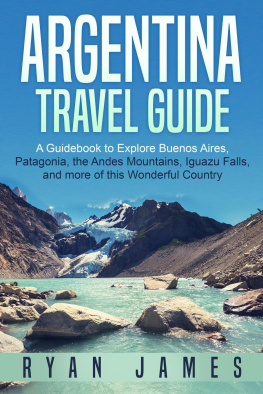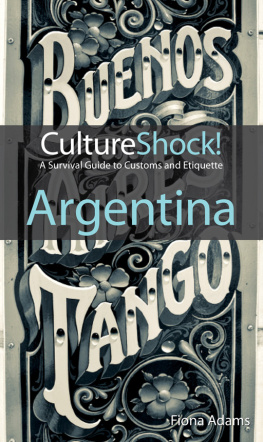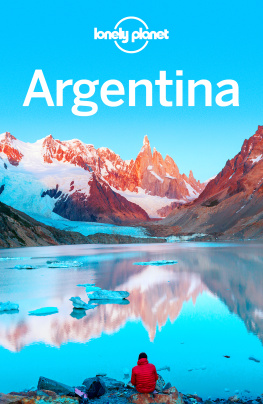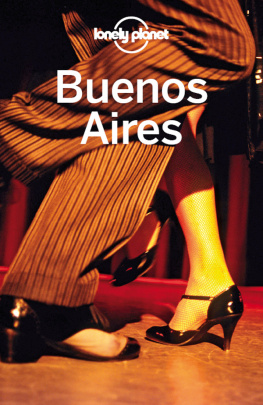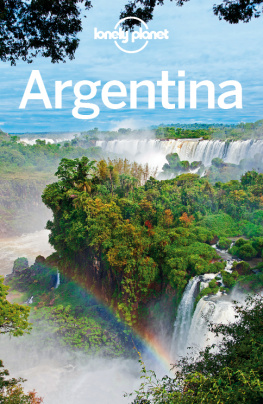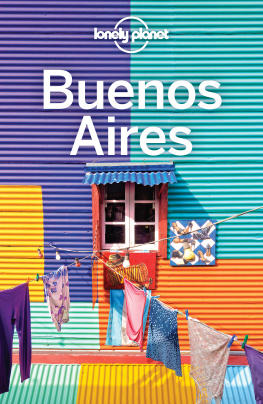
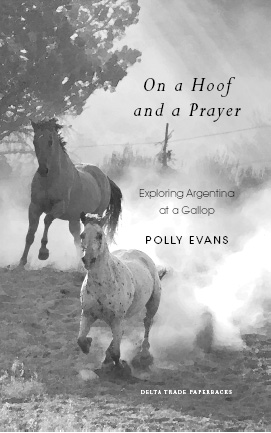
Contents
For Inaara,
with love

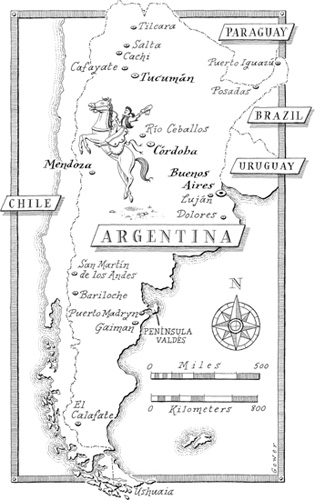
The Starting Gate
 As a child, I longed to ride a horse. My girlish dreams were peppered with fantasies of bright red horse-show rosettes and deliciously exciting grooming sessions in which I would brush my pets sleek coat till it gleamed like polished ebony.
As a child, I longed to ride a horse. My girlish dreams were peppered with fantasies of bright red horse-show rosettes and deliciously exciting grooming sessions in which I would brush my pets sleek coat till it gleamed like polished ebony.
I devoured the adventures of Black Beauty. I was given an old hardcover copy of Jills Gymkhana with a sand-colored binding that must have been bought at a tag sale somewhere, and I read and reread it with avid enthusiasm. After all, if Jill had managed to happen upon enough money to buy herself a pony, why shouldnt I? I gazed enraptured through National Velvet. But those Grand National fences seemed nothing to the hurdle I faced: convincing my parents of my need.
For years I pestered them. I wanted riding lessons. They thought the piano more suitable. I still wanted riding lessons. But ballet was so much more ladylike. I wanted a horse. Where would it live? I thought the backyard would do fine. Who would look after it? I would, of course. Who was going to pay for it? Well, they couldcouldnt they?
But realistically they could not, and so the horse was never forthcoming. Christmases and birthdays came and went, and I never unwrapped so much as a My Little Pony. Not even my Barbie doll was given a horse. Barbie, instead, received a bathtub and a wedding dressclean, wholesome, morally upright playthings.
The time went by and the obsession died. Through my teenage years, I dont suppose Id have been seen dead around a horse. In my twenties, I developed an unhealthy preoccupation with swimming and biking and running. It wasnt until I was in my mid-thirties that the niggling little thought began to trot around inside my head once more: Wouldnt it be fun to learn to ride?
But where should I go for lessons? I didnt much like the idea of plodding around a London park for ninety dollars an hour. And why spend week after week joggling around a riding-school ring attempting to master the very British rising trot, when there was a world out there with wide-open spaces to gallop through, places where nobody cared if my heels were down or my head was high? Why squeeze into an unflattering pair of jodhpurs when I could deck myself out in leather chaps and jingling spurs, and gallop with the cowboys through the ranches of Wyoming? Why strap on a hard black hat when I could wear a fur-trimmed bonnet and ride wild with the nomads across the Mongolian steppe?
There were the Berber horsemen of Morocco. Surely they could do with a new companion with whom to charge across the desert; perhaps they needed a tea girl to serve their mint infusions as they rested beneath the stars. Or maybe I should grab a saber and head to the spice-scented East to ride with the Rajputs through the ancient battlegrounds of princely Rajasthan.
But the Rajputs horse days were gone, and the offspring of those famously wild warriors probably spent their days not in the saddle but selling secondhand Ambassador cars on the streets of Jaipur. In any case, I reflected, it might make sense to take lessons in a country where I at least spoke the language. Should I, then, join up with the Canadian Mounties? Or with the gardiens of the Camargue? Or, perhaps, I could head for the far-flung south, to Argentina, and take my first equine steps among the gauchos.
Horsemanship courses through Argentinas fiery Latin veins. The country as we know it owes its very existence to the horse, for without their steeds the Spanish could never have conquered the ferocious native tribes who had inhabited South America for many thousands of years. The natives had never set eyes on these four-legged creatures before the Spaniards arrived, and they viewed them at first with utter, debilitating terror. They believed horse and rider formed a single supernatural monstrosity and that the Spaniards gunfire constituted the roar of an animal enraged.
It didnt take long for them to conquer their fear. In 1536, the Spaniard Pedro de Mendoza founded the settlement of Buenos Aires, but he was soon overwhelmed by the indigenous population. Mendoza fled back to Spain, abandoning a handful of horses to run wild on the pampas. It was the perfect environment for them: There were endless grass plains, plenty of water, a temperate climate, and very few predators. The horses bred. By 1580, when Juan de Garay returned to retake Buenos Aires, he found the province full of wild herdsand, gradually, the natives learned to ride them.
Today, horses still play a vital role in Argentine life. The cattle on the estancias, or ranches, are herded on horseback just as they were a century ago. Horses continue to provide the principal form of transport for many rural folk. In the plush Buenos Aires district of Palermo, the polo ground plays host to the finest players in the world.
I did a little research. I sent some e-mails. I received a reply from Robin Begg, an Anglo-Argentine whose family had owned their six-thousand-acre cattle farm in Crdoba province for generations. Now Robins father handled the cattle-breeding operation while Robin used the estancia to run horse-riding holidays for visitors. He invited me to his farm for a week. He would, he proclaimed with disarming confidence, teach me to ride. After my week at Robins, Id take off to tour the country for eight further weeks, riding horses wherever I could find them. Id canter across Argentinas flat open grasslands, into its spectacular Andean mountains, and through its southern Patagonian parks where mighty condors would soar before snowcapped peaks and pristine lakes.
Joyfully, I drew a line through my diary from mid-October to mid-December: While in England the days would be drawing short and gray, in Argentina it would be springtime. The trees would be sprouting fresh green shoots, the cattle would be suckling their knock-kneed calvesand Id be sauntering among them all, high on my horse.
Arent you scared? my friends asked me again and again. After the tenth time, I started to wonder if, perhaps, they knew something I didnt.
What will happen if you get there and find that you really hate riding? some forward-thinking souls asked with the chipper confidence of those who know they are going to spend the next few months safe and warm in a centrally heated office with nothing more frightening than a weekend break to France thrown in to ease the tedium.
Whatever you do, dont ride in jeans, my friend Ruth advised me when I told her of my forthcoming adventure. She pulled up her trouser legs and showed me scars on her calves: Ruth used to ride daily as a teenager, and the sores caused by denim seams rubbing her skin had apparently marked her for life. Oh yes, and also, remember that after youve been riding you will really stink.
Pack painkillers, said some.
Take arnica, declared others.
Always wear gloves, instructed my friend Jenny.
You must take Ellimans horse liniment to rub into your legs, Pam, a septuagenarian friend, pronounced imperiously.
Next page




